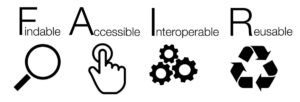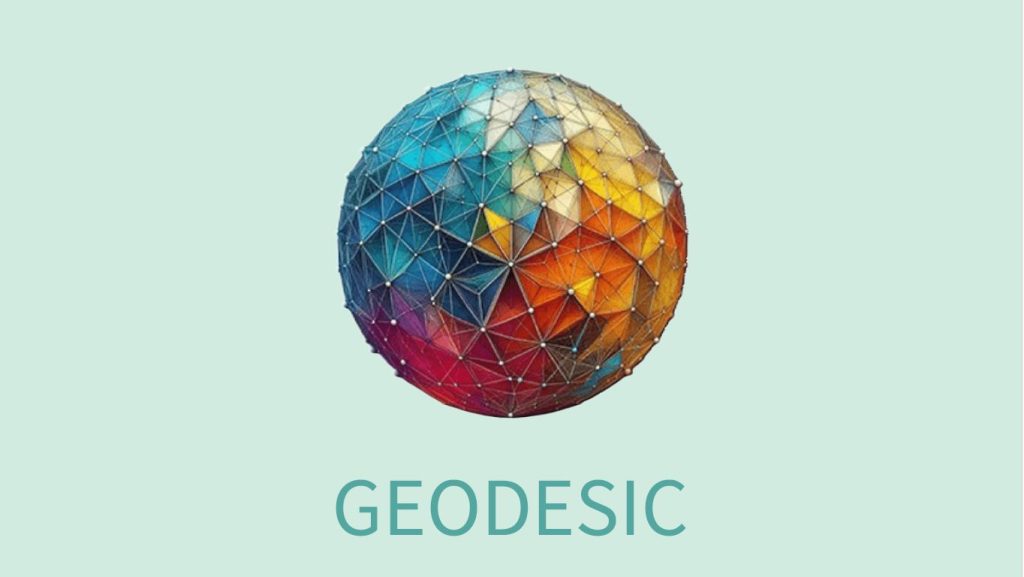The open access mathematical corpus is fragmented, and much of the content is difficult to access on the web. It is therefore not always easy for researchers browsing the web to access the PDF version of the article they need, either because the article is not available anywhere in open access, or because the search engines can’t find it. The “F” in the FAIR Principles (Findable, Accessible, Interoperable and Reusable) is therefore far from the case when it comes to mathematical publications.

To remedy this, Mathdoc is developing the Geodesic project, which was launched in June 2025. This digital library, intended for the international mathematical community, provides mathematicians with the shortest route to open access articles. In geometry, the term “geodesic” refers to the shortest path or paths from one point to another. The aim is therefore to offer a platform that lists, structures and provides PDFs of a vast body of mathematics literature in open access. For example, in the case of Annals of Mathematics, Geodesic allows users to browse from a single page volumes from 1998 to 2019, which are otherwise scattered across different platforms.
The aim is to aggregate documents from repositories with proven reliability and quality and identify new sources of publications. The sources that make up the Geodesic corpus are selected by Mathdoc’s scientific advisory board and librarians from the national network of mathematics libraries (RNBM).
This project was selected in the second call for proposals by the National Fund for Open Science (FNSO2) and employs two full-time staff members. For this project, Mathdoc draws on its extensive experience in acquiring, organising and enhancing of metadata for open access mathematical publications. It gained this experience through previous projects creating digital libraries such as Linum for books and MiniDML and MDML for articles.
See the documents produced by Mathdoc about Digital Mathematical Libraries



